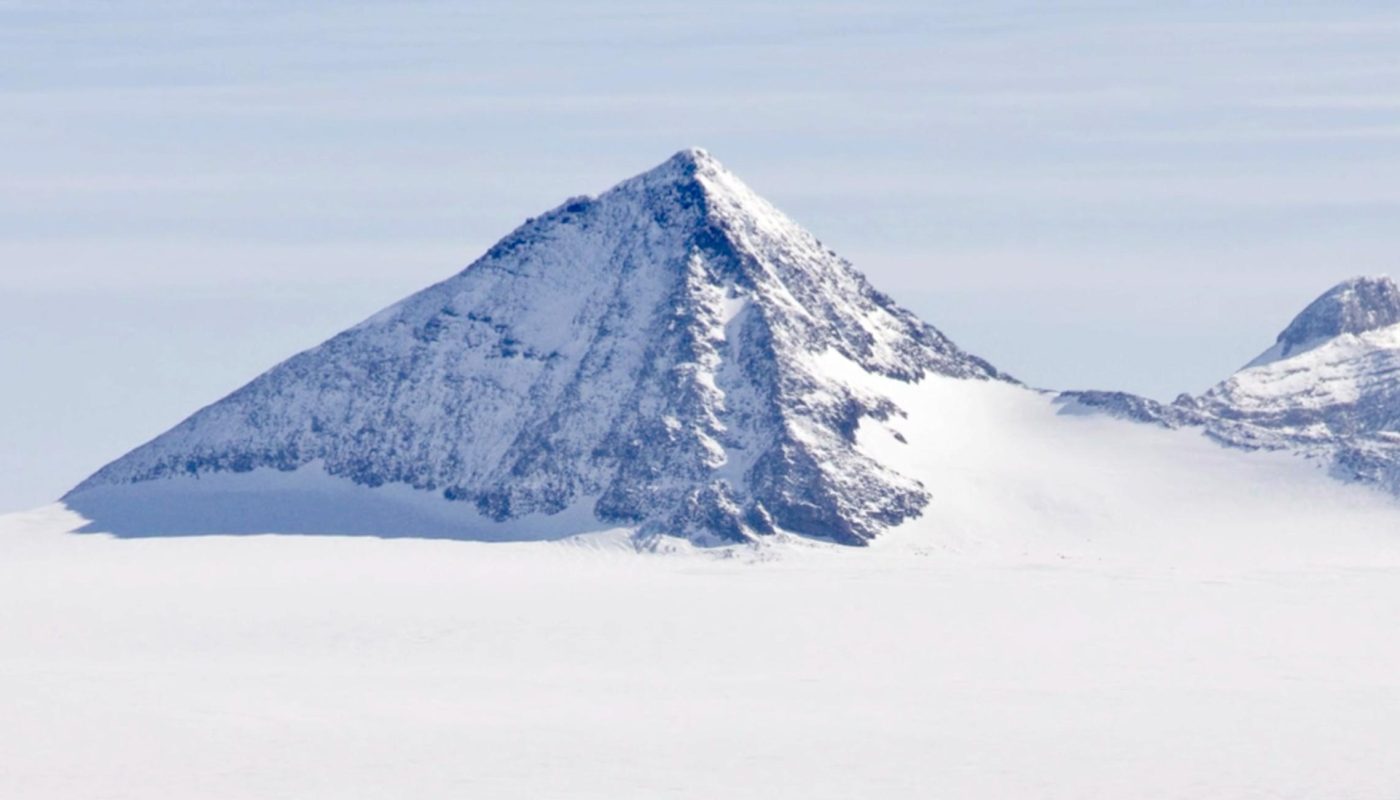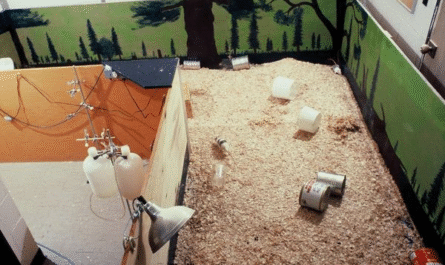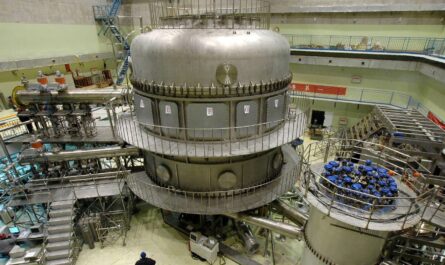Ancient Mystery or Natural Formation?
For decades, mainstream scientists have described the pyramids of Antarctica as ordinary mountains shaped by erosion. Yet many independent researchers question this explanation.
After all, pyramids appear across the planet — in Egypt, Mexico, and Bosnia — often linked to ancient civilizations. So, why should Antarctica be any different?
In the distant past, this icy continent was covered with forests, rivers, and even life. Some believe that before the Ice Age, an advanced civilization thrived there and built these geometric structures.
This theory becomes even more intriguing since governments such as the U.S. and Russia tightly control access to large parts of Antarctica and classify much of the related data.
What Could the Antarctic Pyramids Be Hiding?
Researchers examining satellite images claim to see symmetrical, four-sided shapes that look strikingly similar to the Great Pyramids of Giza.
No known geological process creates such regular forms by chance. Therefore, many argue that these are not natural formations but the remains of something built long ago.
Moreover, during World War II, Nazi expeditions explored Antarctica, searching for hidden bases and ancient technologies.
Later reports and declassified documents added fuel to theories that these structures might even function as energy sources, just like the pyramids of Egypt are believed to have once done.
The Uncomfortable Truth Beneath the Ice
Despite growing interest, few official expeditions investigate these formations. Many ask why.
If the Antarctic pyramids truly hold no secrets, why is exploration so restricted and public discussion so limited?
Perhaps these ancient structures store knowledge from a forgotten civilization that predates all known human history.
Or maybe they are natural wonders that challenge our understanding of geology and time.
In either case, the question remains open — and curiosity keeps rising.
The truth about Antarctica’s pyramids might redefine what humanity knows about its past.



